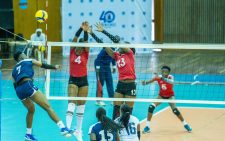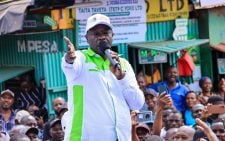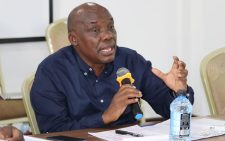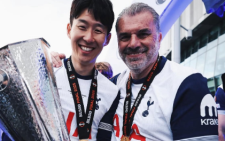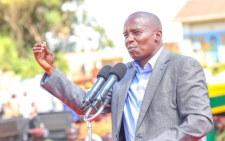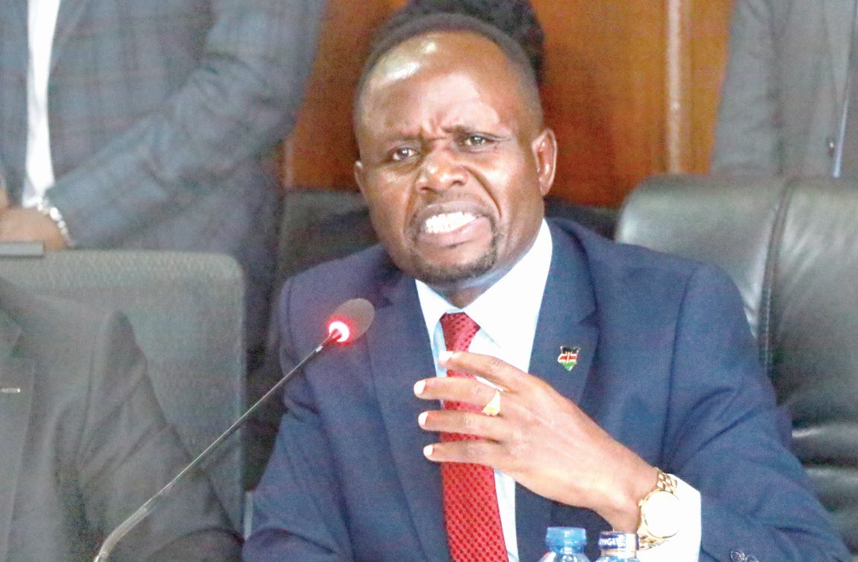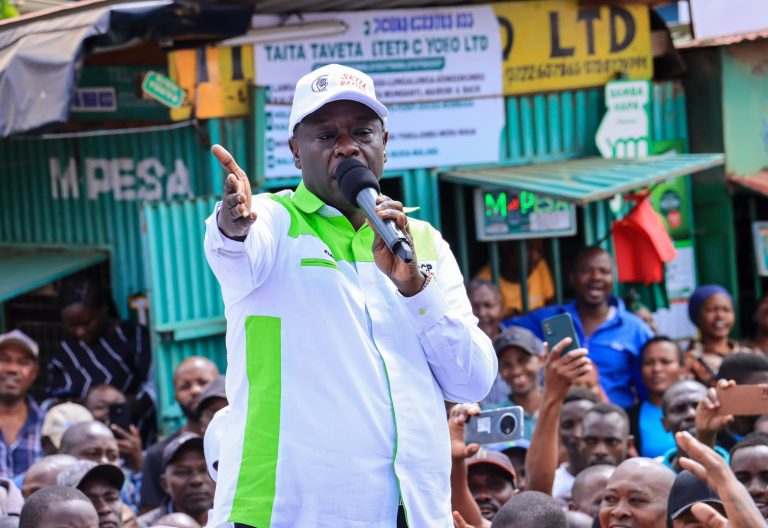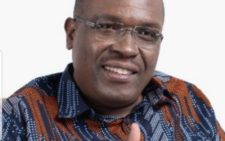Rastafarian movement in Kenya mourns it’s fallen leader – Moses Mbugua
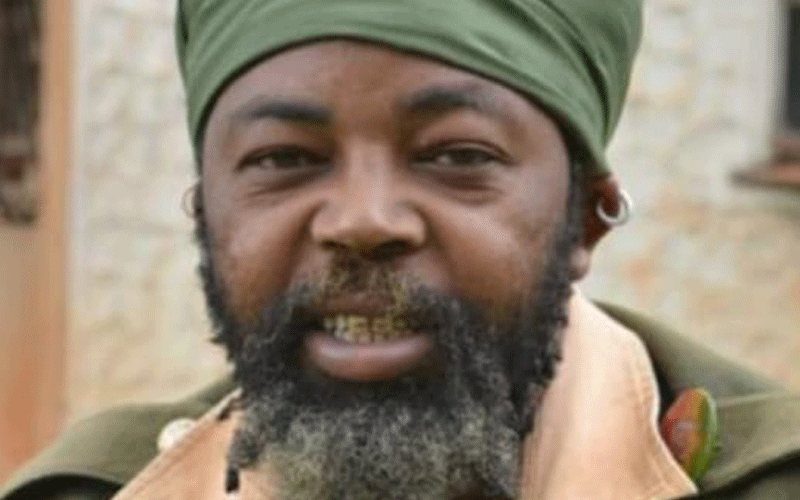
As the Rastafarian movement in Kenya mourns it’s fallen leader, one of it’s highest ranked ‘Generals’ speaks to JASMINE ATIENO on the organisation’s foundations, ideologies and missions.
Whenever the Rastafari movement is mentioned, a lot of people will quickly think about Jamaica or Ethiopia.
Because of its low-key nature of operation—besides its close association with reggae music—many people don’t really understand that it is a well organised and structured movement.
In Kenya, a registered organisation known as the Rastafari Society of Kenya (RSK) ensures its members are well rooted in its ideologies and beliefs.
Sadly, the movement was last week sent into mourning, following the passing on of its leader Moses Mbugua.
Also known as Ras Mau Mau from the Nyabhingi Order of Rastafari, Mbugua died in Kiambu Hospital after a brief battle with pneumonia.
“Ras Mau Mau was a leader and coordinator of national and international issues of great importance.
But most passionately he was an elder,” says RSK and Rastafari Youth Wing of Kenya executing general, Matara O’ Nyabate Bwo’ Ong’oa, in tribute to the fallen leader.
Spice got interested to delve deeper on how the movement carries on with its business.
Ong’oa informs us that the Rastafari movement in Kenya began with the establishment of two major rastafari orders; the 12 Tribes of Israel and Bobo Ashanti.
“The former was established in 1986 following the arrival of its founder Vernon ‘Prophet Gad’ Carrington in Nairobi.
It is the first official and organised Rastafari organisation in Kenya,” says Ong’oa.
The Bobo Ashanti, which is officially known as the Ethiopia Africa Black International Congress (EABIC), was formed in 1992 with the arrival of Priest Richie, Priest Harry and Priest Rackal.
The three were the first students of the founder of the order, Prince Charles Emmanuel Edwards.
They arrived in Nairobi and established a terbanacle in Nairobi’s Kayole estate, before moving to Utawala in Nairobi, where the EABIC Church of Black Salvation stands active to date.
“The Bobo Ashanti is the strictest order among the 3 main Rastafari orders. It specialises in training Rastafari priests.
It is headquartered in Bull Bay, Jamaica. Nyabhingi is the third main order in the Rastafari movement. It was started by Congo Watto in Jamaica and made its way to Kenya in the late 90s.
However, it has no official local office attached to the Nyabhingi Theocracy headquarters in Jamaica,” Ong’oa shares.
The roots
The Rastafari movement was started in Jamaica in the early 1920s by four main preachers or proponents namely Joseph Hibbert, Archibald Dunkley, Leonard Howell and Robert Hinds.
Howell was the first of the four to preach a doctrine that deified (worship or regard as a god) the just coroneted Emperor of Ethiopia Haile Selassie (Ras Tafari Makonnen).
He was crowned ‘king of kings, lord of lords and conquering lion of the tribe of Judah’ on November 2, 1930 in Ethiopia.
This was in line with the assertions of an earlier and still existent movement at the time, the Ethiopianism movement that had epitomised Ethiopia as a symbol of ultimate African glory and resilience.
Says Ong’oa: “The Ethiopianism movement was Afro-Christian due to e fact that Ethiopia was a Christian nation with Semitic Christian kings dominating over an enslaved indigenous African population.
However, this villain side of these adored kings is still obscure in the Rastafari movement.
Thus, the Rastafari movement that emerged in the early 1900s picked up its admiration for Ethiopia and its king, Haile Selassie, from the Ethiopianism movement that existed from the late 1800s, as a result of the Italian invasion of Ethiopia during Menelik Two’s reign.”
More than any other organisation, Marcus Garvey›s Universal Negro Improvement Association and African Communities League (UNIA-ACL) contributed to Ethiopianism most by rallying substantial masses together to practically support the Ethiopian struggle against Italy.
“The Rastafari movement thus, expediently though and amidst the then prevailing obscurity, immortalised the Ethiopian Solomonoid Empire›s legitimacy over its invader, Italy.
Expediently and amidst relative obscurity because the Rastafarian masses didn’t ever discover, to date, that an entire indigenous population was actually enslaved by the Solomonoid kings and queens that the movement had just deified,” Ong’oa (a historian) tells Spice.
Jamaican connection
On the other hand, the movement emerged in the urban centers of Jamaica in the colonisation era. Naturally the youths and society in general were looking for an alternative wagon to fight for equality.
So, many youths gravitated towards Rastafarianism and Mortimer Planno (who taught Bob Marley in the mid 1960s) emerged as a significant figure by this act of teaching Rastafarianism to The Wailers band, 40 years after Leonard Howell had already preached rastafari in the streets of Kingston Jamaica.
According to Ong’oa, the movement stands for the ultimate liberation of Africa and several attached peripheries.
The peripheries are of the characteristic that Africa’s development was interrupted and that everything must be rearranged into workable solutions based on the common African reality and experience, but the question of land and people must be handled by the principle of taking back of the land and repatriation respectively.
It also advocates for the propagation and fostering of what Dr John Henrik Clarke called “the African cultural continuity” and African liberation struggle continuity.
The movement is likened to a guerrilla army awaiting orders and this is the psychic description of the so called “rasta levity”.
“A lot of us are actually on a military drill-like way of life. The true rasta never really gets comfortable in this system and anytime their opinion on the system or government is aired, it is antagonistic,” says Ras Matara, who is also the Rastafari Youth Wing of Kenya chairperson.
Mandate and lifestyle
The RSK operates majorly as an umbrella body bringing together all Rastafari masses, which include the Rastafari mansions, orders, individuals and organisations.
It was officially registered in Kenya in 2017 and has government-backed mandate to open branches in every county in the country as authorised by the registrar of societies.
“The difference between a Rastafari order and society is that the order stands on staunch ideological and practical assertions based on the pioneering leaders’ differences on ideology and practice.
“For the society, it is an attempt by the masses of the adherents of the Rastafari movement to organise themselves beyond boundaries that exist between the ideological and practical differences of the movement’s pioneers that seem to divide the collective Rastafari lot,” shares Ras Matara.
The RSK owns land and active farming projects in several counties in Kenya.
The society works with the local government in tree planting and forestry projects and with the Greenbelt Movement started by the late Prof Wangari Maathai.
The Rastafari lifestyle is a culture of resistance. Ideologically, it is a concoction of pan-Africanism and radical Judeocentric thoughts. Rastas have a lot of concern for their diet and general health.
This is summarised by the ‘ital food’ (pure and natural) concept. Rastafarians express their pan-African loyalty by flying the red-black-green flag , and for Ethiopian Christian loyalty by flying the red-gold-green.
They also wear those colours and dreadlocks as a symbol of resistance and smoke bhang as a sacrament.
They say it helps in meditation and creativity and as a medicine for diseases such as glaucoma and asthma.
